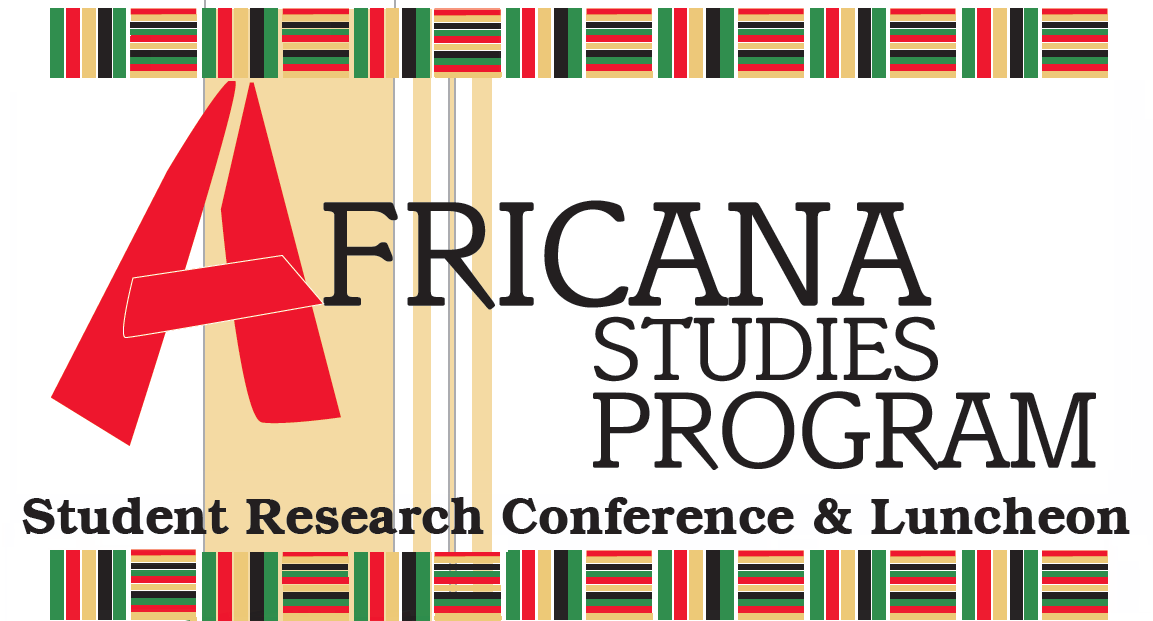Presentation Title
What to Keep, What to Let Go: The Case of Indians from Nyasaland
Degree Program
Graduate
Major
SAGE student
Abstract
This paper examines how identity may be constructed in the case of multiple transnational migrations within just a couple of generations, using an example (or examples) of immigrants from India to Nyasaland (present-day Malawi) to Great Britain to Canada.
What happens to your sense of identity when your Indian ancestors emigrate to Nyasaland, you grow up there, but around 1964, soon after independence from Great Britain, all Indians, including you and your family, are deported from your homeland of Nyasaland?
In one case study analyzed in this paper, a Nyasa Catholic woman of Indian descent first travels to Great Britain (as a British citizen) for college, marries a man of Indian descent from Nyasaland, and together they emigrate to Canada.
How much Indian identity is retained in this scenario; and, how much of Nyasaland, particularly since the colonial African state no longer exists but is now independent Malawi? And further: How much identity is constructed around Canadian practices?
What factors contribute to the development of national and cultural identity for twice or thrice migrants? How might they decide what to keep and what to let go?
Start Date
24-2-2017 10:00 AM
End Date
24-2-2017 11:40 AM
Included in
What to Keep, What to Let Go: The Case of Indians from Nyasaland
This paper examines how identity may be constructed in the case of multiple transnational migrations within just a couple of generations, using an example (or examples) of immigrants from India to Nyasaland (present-day Malawi) to Great Britain to Canada.
What happens to your sense of identity when your Indian ancestors emigrate to Nyasaland, you grow up there, but around 1964, soon after independence from Great Britain, all Indians, including you and your family, are deported from your homeland of Nyasaland?
In one case study analyzed in this paper, a Nyasa Catholic woman of Indian descent first travels to Great Britain (as a British citizen) for college, marries a man of Indian descent from Nyasaland, and together they emigrate to Canada.
How much Indian identity is retained in this scenario; and, how much of Nyasaland, particularly since the colonial African state no longer exists but is now independent Malawi? And further: How much identity is constructed around Canadian practices?
What factors contribute to the development of national and cultural identity for twice or thrice migrants? How might they decide what to keep and what to let go?


